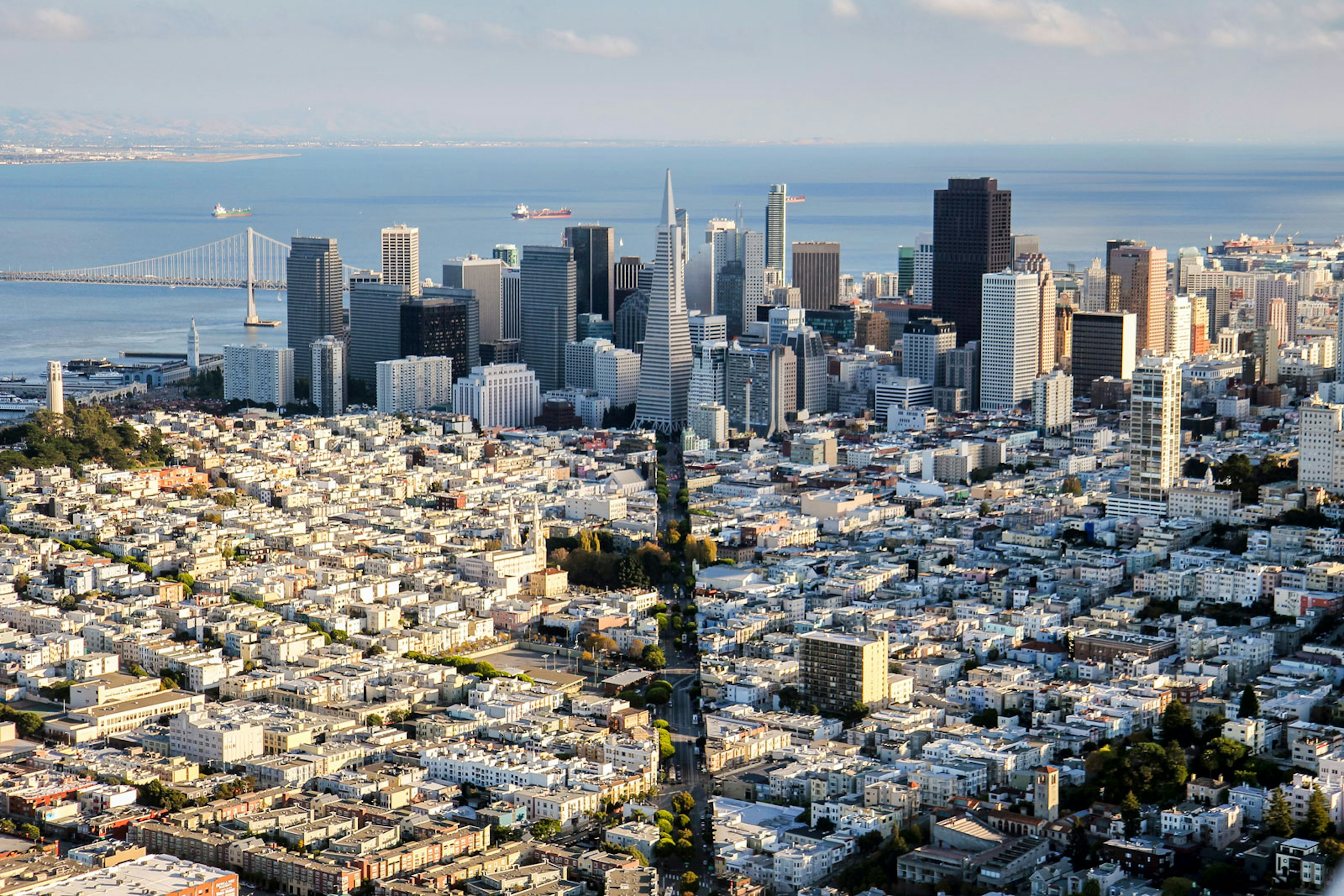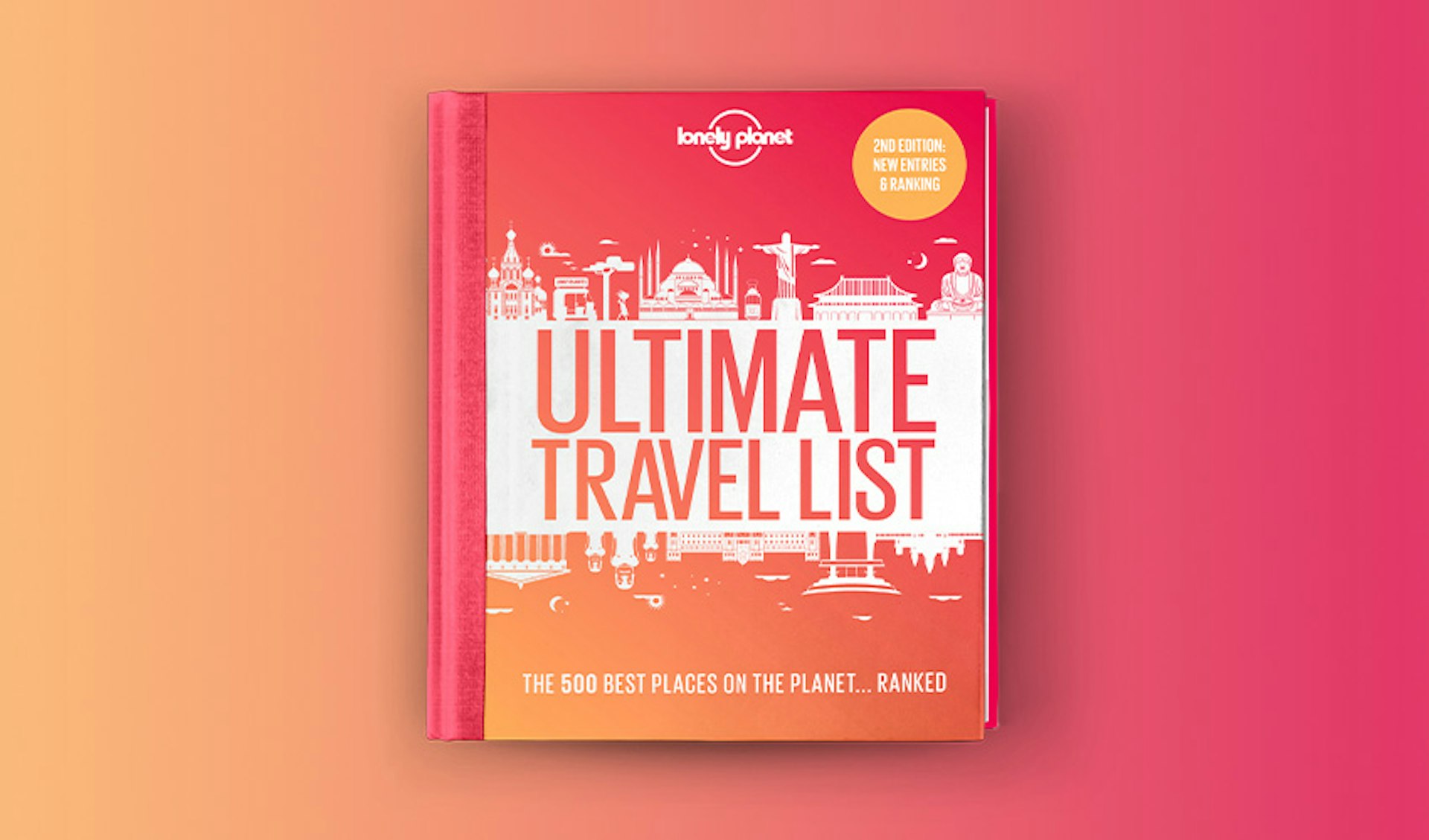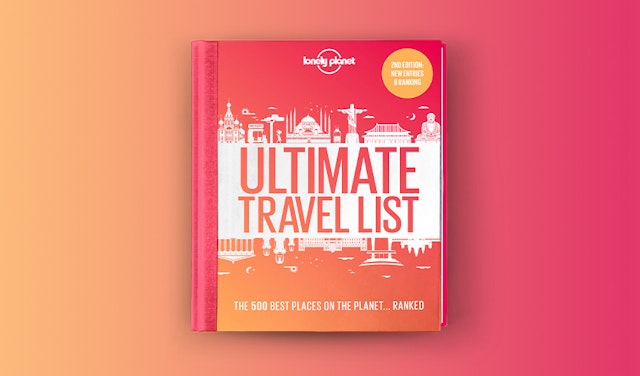Maybe it’s the gold dust, but something magical happens on San Francisco’s streets. One of the most visited cities in the United States, San Francisco has 242 years of history packed into its 49 sq miles.
From the gold rush to the Summer of Love and on through the tech boom punctuated by earthquakes and fires, it is a city that consistently reinvents itself, but nonetheless remains true to that which makes it one of the world’s most dynamic metropolises. San Francisco has been divided and subdivided into some 100 districts, each with a different offering. These are the best neighborhoods to visit while you're in the city.

The Marina, Fisherman’s Wharf and the Piers
Best neighborhood for families
Since the gold rush, this waterfront has been the point of entry for new arrivals, and it remains a major attraction for sea-lion antics at Pier 39 and getaways to Alcatraz. To the west, the Marina has chic boutiques in a former cow pasture and organic dining along the waterfront.
Sights along Fisherman's Wharf are geared entirely to tourists, particularly to families, and it's easy to get stuck with so much vying for your attention. Though everything looks close together on the map, you'll do a lot of walking.
The advantage of choosing accommodations near Fisherman's Wharf is proximity to the waterfront and many family-friendly tourist sights. The disadvantage is that you're surrounded by tourists at all times. Staying in the Marina puts you nearer to nightlife and a variety of restaurants, but choices are limited mainly to motels. Parking is difficult in both neighborhoods.
Restaurants around Fisherman's Wharf are generally mediocre and expensive, and the area's bars cater almost entirely to tourists but can be good fun, if pricey.
The best time to visit San Francisco
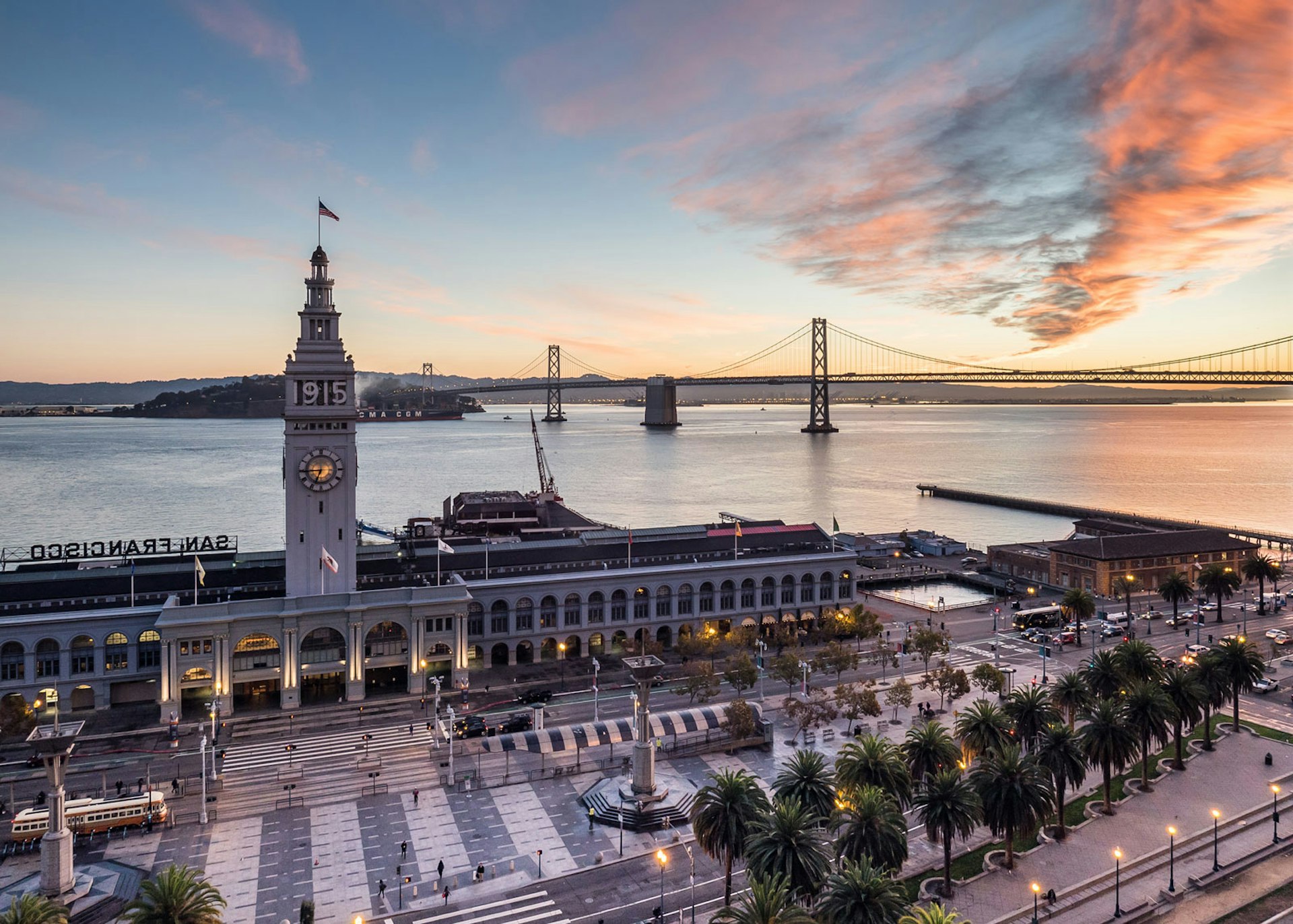
Downtown, Civic Center and SoMa
Best neighborhood for public transportation
Downtown has all the urban amenities: art galleries, swanky hotels, first-run theaters, malls and entertainment megaplexes. Civic Center is a zoning conundrum, with great performances and Asian art treasures on one side of City Hall and dive bars and soup kitchens on the other.
Some head to South of Market (SoMa) for high-tech deals, others for high art, but everyone gets down and dirty on the dance floor. Museums and galleries cluster around 3rd and Mission, but otherwise SoMa's long, industrial blocks are gritty and tedious. This neighborhood is walkable to many sights, restaurants, shopping and theaters, and it's near all public transportation.
The Downtown, Civic Center and SoMa area has the biggest selection of hotels, with Downtown options ranging from serviceable hostels and dinky hotel rooms to swanky suites overlooking Union Square. Civic Center and SoMa stays are some of the cheapest in town, but bring your street smarts if you're planning to walk these sometimes gritty blocks.
Downtown and SoMa are best known for high-end restaurants, but lunchtime eateries in the neighborhood cater to office workers. The Tenderloin (west of Powell Street, south of Geary Street, north of Market Street) feels sketchy and rough but, as always in San Francisco, bargain eats reward the adventurous. Most nightclubs are in SoMa, but the scene pops on weekends and shrivels on weekdays.
Top 23 free things to do in San Francisco

Chinatown and North Beach
Best neighborhood for street life
Dumplings and rare teas are served under pagoda roofs on Chinatown's main streets, but its historic back alleys are filled with temple incense, mah-jongg tile clatter and distant echoes of revolution.
Chinatown is a survivor of gold booms and busts, anti-Chinese riots and bootlegging wars, and it's repeatedly made history, providing labor for America's first cross-country railroad, rebuilding San Francisco and leading the charge for China's revolution and US civil rights.
Standing atop the Filbert Street Steps, you can understand what Italian fishermen and Beat poets saw in nearby North Beach: there's more sky than ground here, and it's sociable but never entirely tamed. Wild parrots circle over the Italian cafes and bohemian bars of North Beach, serving enough espresso to fuel your own Beat poetry revival.
Accommodation options in the Chinatown and North Beach neighborhood include bohemian boarding houses and cheerful hostels. Chinatown restaurants get packed on weekends for dim sum, so go early or late.
When choosing an Italian restaurant in North Beach, use this rule of thumb: if a host has to lure you inside with a "Ciao, bella!," keep walking. Try smaller neighborhood restaurants on side streets off Grant Avenue and Washington Street, where staff gossip in Italian.

Nob Hill and Russian Hill
Best neighborhood for classic San Francisco views
Summit San Francisco's twin downtown hills, and you'll discover everyone's heads are in the clouds up in Nob Hill and Russian Hill – billionaires and penniless poets, rock stars and rock-star chefs, urban hikers and spiritual seekers.
Consider permission granted to follow your bliss: hop off a cable car, head to tiki bar happy hour, hear a cathedral organ recital or just watch the Bay Bridge lights twinkle. You'll need to limber up to reach the top of Nob Hill and Russian Hill, but on a clear day, the payoff is an unparalleled panorama from the Bay Bridge all the way to Golden Gate Bridge.
These side-by-side hilltops are the city's best vantage points for sunsets. See the sun sink into fog swirling around the Golden Gate Bridge from George Sterling Park, or watch East Bay hillsides glitter with golden rays reflected in bay windows as you walk the outdoor labyrinth at Grace Cathedral. In cloudy weather, head indoors to discover San Francisco's peak art experiences.
For grand hotels with panoramic views, Nob Hill can't be beat, but it's not the most practical or convenient location. Driving and parking here take nerves of steel, while hiking requires calves of steel. Factor cable cars and taxis into your travel plans.
Down the hillside near Union Square, you'll find smaller inns at more affordable prices, convenient to terrific bistros and some of the city's best bars.
Nob Hill rewards dedicated barflies with some of the best cocktails and giddiest views in town, but you'll have to brave the climb. For bar crawls that require less staggering, head over to Polk Street, Russian Hill's main drag.
Japantown, Fillmore and Pacific Heights
Best neighborhood for shopping
Don't let the quaint Victorians and upscale boutiques fool you: this neighborhood rocks. Japanese Americans have called this area home for more than a century, and today Japantown is where cosplay kids come to rock Lolitha Goth fashion at anime premieres.
The Fillmore has been a nightlife hub since its 1940s jazz heyday and turned totally trippy in the psychedelic 1960s. Hilltop Pacific Heights is ringed with mansions, many owned or once-owned by powerful women, including nude-model-turned-museum-founder Alma Spreckles, Black billionaire and Underground Railroad pioneer Mary Ellen Pleasant, and US Congresswoman and House Speaker Nancy Pelosi.
Accommodation options in this neighborhood are limited but distinctive, and they are ideally located for dining, shopping and entertainment. Japan Center is packed with Japanese restaurants of varying price and quality, and noodle shops line the Osaka Way promenade north of Post Street.
Japantown is packed with authentic Japanese wares, street fashion and kitschy-fun gift shops. Pacific Heights caters to an upmarket demographic. Along upper Fillmore Street, there's designer window-shopping and beauty bars galore all the way up to Broadway. For more high-end indie boutiques, head to Presidio Heights.
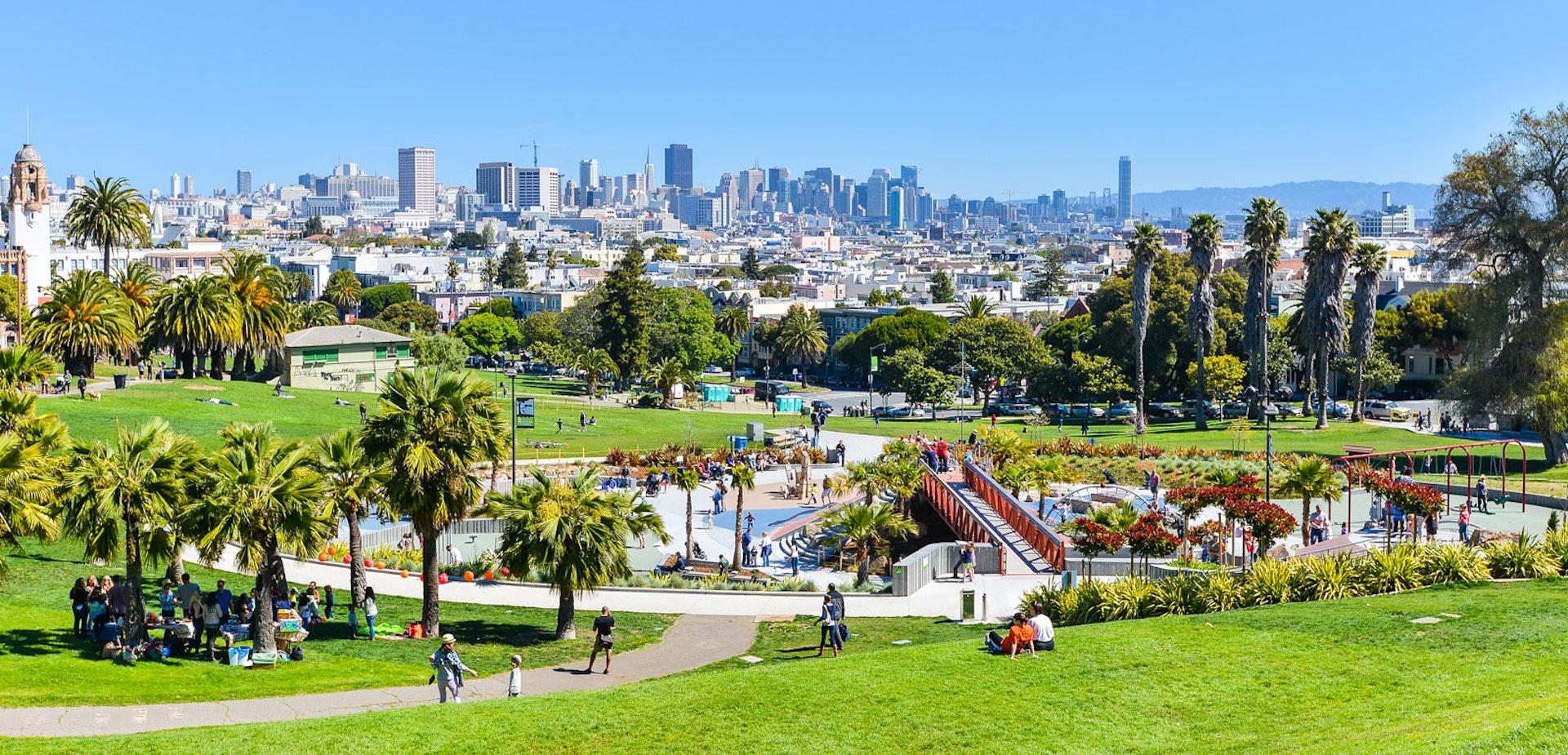
The Mission, Dogpatch and Potrero Hill
Best neighborhood for hipster SF
The best way to enjoy the Mission district is with a book in one hand and a burrito in the other, amid murals, sunshine and the usual crowd of filmmakers, techies, grocers, skaters and novelists. Calle 24 (24th Street) is SF's designated Latino Cultural District, and the Mission is also a magnet for Southeast Asian Americans, lesbians and dandies.
Potrero Hill is primarily a bedroom community for Silicon Valley employees, who can occasionally be spotted ambling through the neighborhood's famous design district and avant-garde galleries. Down below in the Dogpatch, you can brunch like a champion, mingle with fancy wine barflies or chat up innovators and artists creating in revamped waterfront warehouses.
Apartment shares and a landmark inn are your best bets for accommodation options in this neighborhood. Eateries in the Mission inspire culinary movements, while gourmet start-ups fill Dogpatch warehouses. Drinking options in this district are endless. The Mission sets cocktail and coffee trends, while barflies hit Potrero Flats dives and toasts are raised in Dogpatch wine bars.
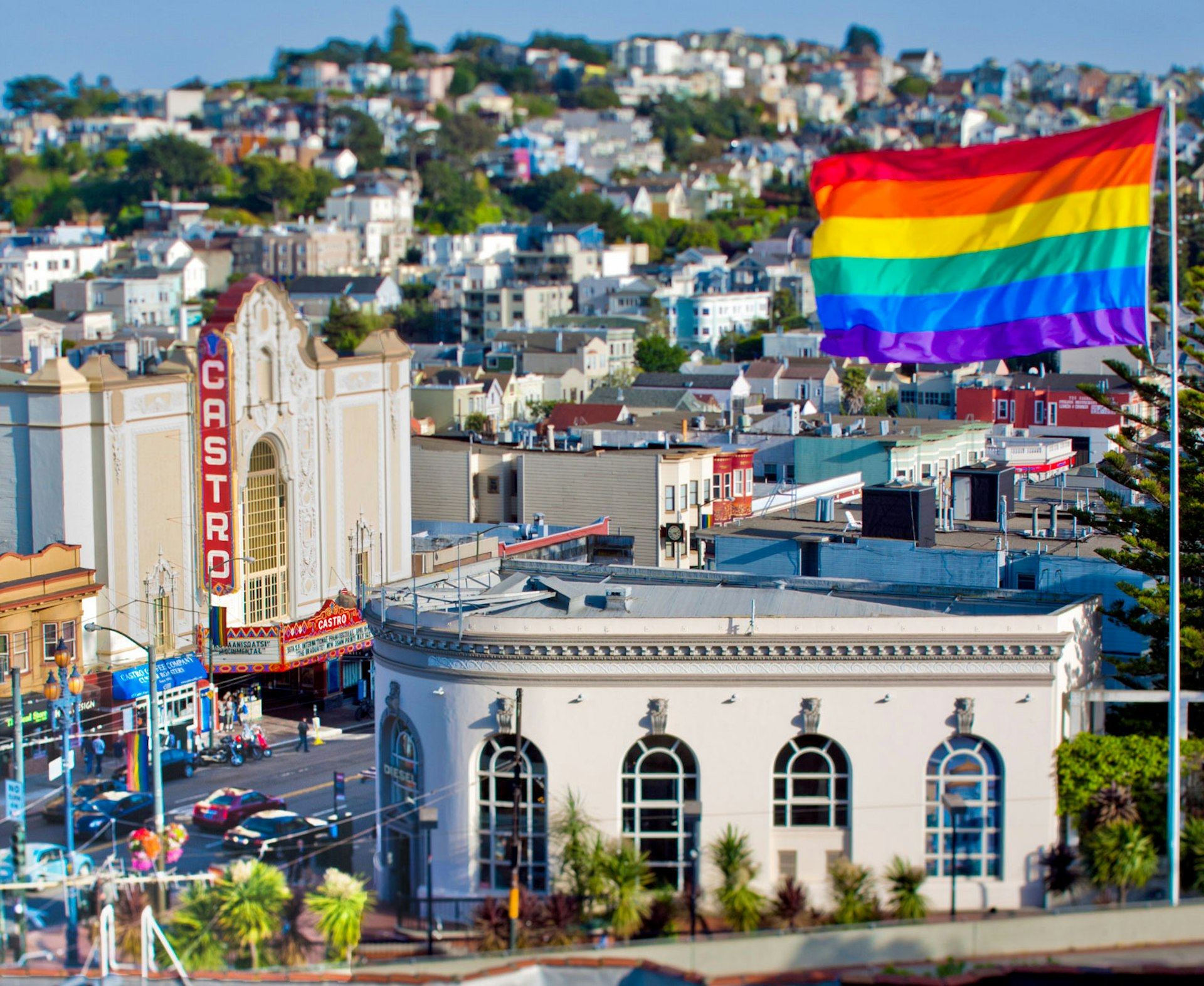
The Castro
Best neighborhood for LGBTIQ+ travelers
Rainbow flags wave their welcome to all in the Castro, the world's premier LGBTIQ+ culture destination – club kids, career activists, leather daddies and sequined drag queens. Check the plaques on Castro sidewalks and notice whose footsteps you're walking in: Nobel Laureates and censored poets, Civil Rights leaders and San Francisco's very own Empress.
Sleeping options in the Castro are limited, and they mostly cater to LGBTIQ+ travelers. Though on a map the Castro appears far from downtown sights, it's actually easy to access because of the many transport lines that connect it to downtown, including the high-speed metro lines that run under Market Street from Castro Station.
There are many quick, convenient spots for a bite on Castro Street, but tastier options and better value can be found along Market Street to Church Street. The best places are off the main drag, including a cluster of bistros and bargain eats around 16th Street and 17th Street. An abundance of cafes offer excellent coffee and unbeatable people-watching.
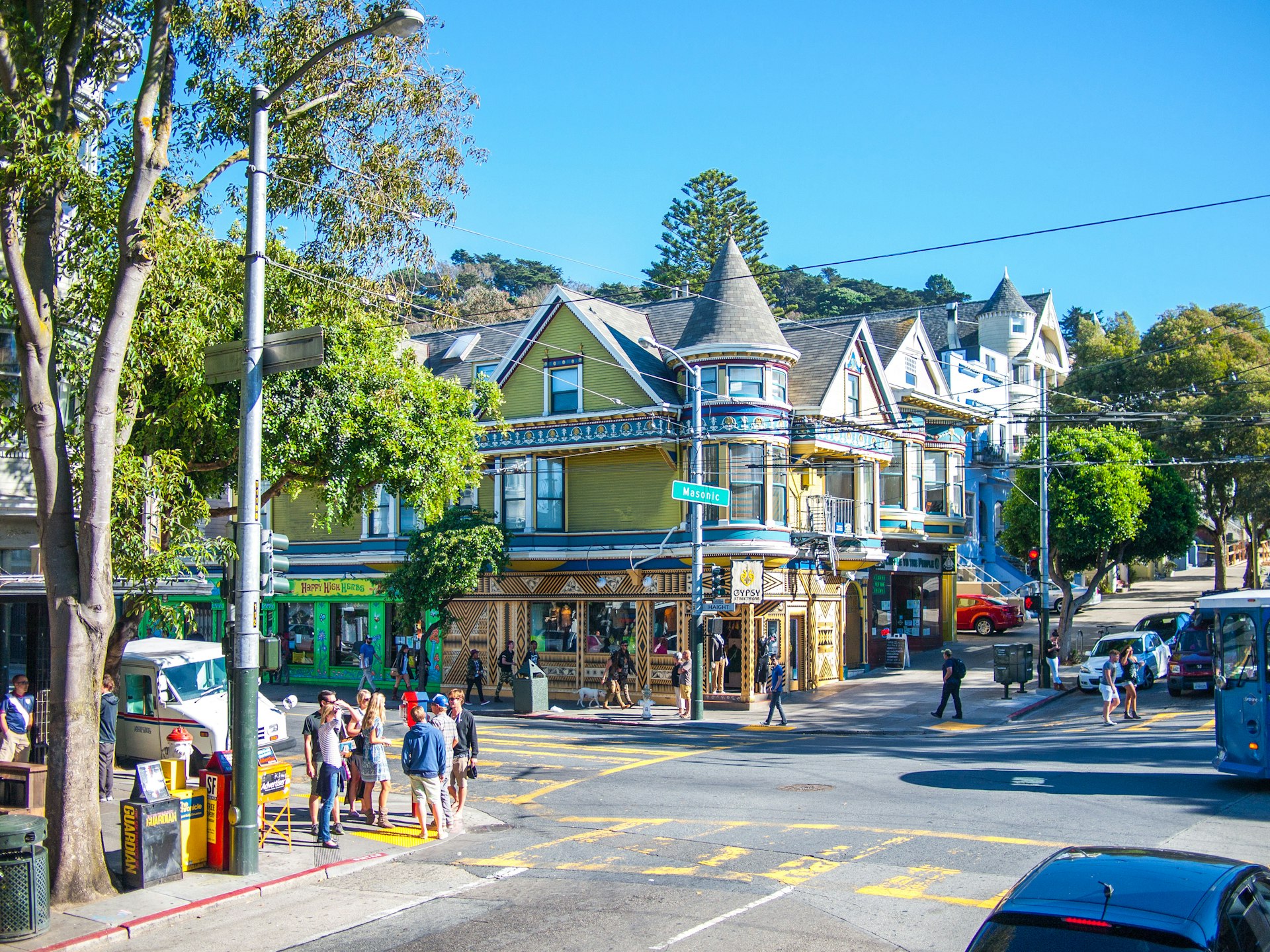
The Haight and Hayes Valley
Best neighborhood for counterculture
Hippie idealism lives in the Haight, with street musicians, anarchist comic books and psychedelic murals galore. Weekends are a major scene in the Upper Haight, with hippies reminiscing about glory days trailed by teenage relations pretending not to know them, suburban punks wearing too much aftershave and Harajuku hipsters loading suitcases full of vintage fashion for resale in Tokyo.
Also in the mix are Green Party candidates, cafe regulars who greet one another by name and street musicians who play a mean banjo. Wedged between the Lower Haight and Civic Center is little Hayes Valley, which packs in many of the city's best restaurants and design boutiques.
Victorian mansions and inns offer period-perfect stays in the Haight and Hayes Valley. Hayes Valley is a hot spot for dinner and a show. Haight Street is a cheap-eats destination worth the detour. For nightlife, Hayes Valley has high-rolling wine bars and sneaky rum punches, while Haight Street is a beer bonanza.
The best day trips from San Francisco
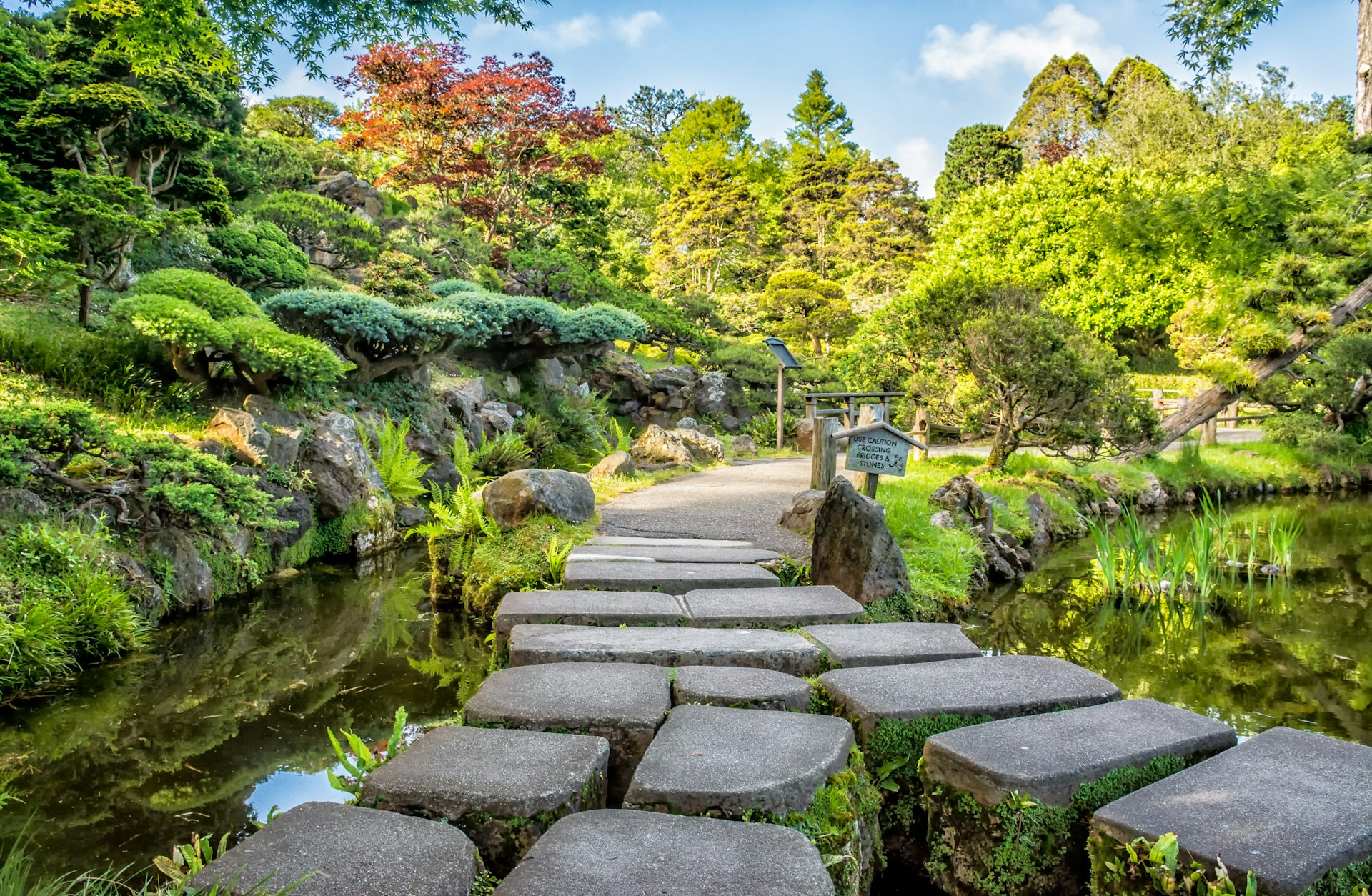
Golden Gate Park and the Avenues
Best neighborhood for quiet
Hard-core surfers and gourmet adventurers meet in the foggy Avenues around Golden Gate Park. This is one totally chill global village, featuring bluegrass and Korean BBQ, disc golf and tiki cocktails, French pastries and cult-movie matinees. Beyond the park, time seems to slow down, with the tranquil, mostly residential avenues stretching out toward Ocean Beach.
With its fine museums and expansive gardens, Golden Gate Park is the epicenter of the neighborhood's sightseeing. But avid explorers of the outer Avenues will stumble on things like a hidden mosaicked stairway, an art nouveau columbarium or the ruins of a 19th-century waterfront bathing complex, named for populist millionaire Adolph Sutro, who built a public railway in the 1890s to transport Downtown tenement-dwellers to breezy Ocean Beach.
South of Golden Gate Park are candy-colored Sunset District homes, and surf hangouts pop up around Judah and 45th.
The Golden Gate Park and the Avenues area is a good neighborhood for apartment rentals, but the area is far from major sites, and there's limited public transportation.
Dining options line the Avenues, from bargain hole-in-the-wall hot spots to California-cuisine destinations. With authentic Irish pubs, throwback tiki cocktail bars, cult coffee shacks and tequila schools, the Avenues spoil drinkers for choice.
You may also like:
The first timer's guide to San Francisco
Cinematic San Francisco: movie locations in the City by the Bay
The 7 best marijuana tours and experiences in the US
This article was originally published in June 2020 and updated in April 2021.
